Making the switch to wireless lighting makes sense for commercial building owners and managers. These lighting systems are flexible, easy to install, and extremely cost-effective. If you aren’t sure if wireless lighting control systems are a good fit for your building, here are a few factors that can help you make the right decision.
Benefits of Switching to Wireless Lighting
Wireless lighting comes with multiple benefits that include reducing energy consumption while also helping to create a safe and comfortable work environment. Some other reasons why you want to switch to wireless lighting include the following.
- These advanced wireless lighting systems are easy to install. The lack of complicated wiring also helps keep purchasing and installing costs down.
- The lack of wiring allows you to place the lighting controls almost anywhere. The system’s flexibility extends to adding new devices or technology. You can easily make changes to the wireless lighting system to meet the building’s needs.
- Wireless lighting systems are easily scalable. Growing the network comes at a low cost and there’s minimal disruption to daily business operations.
Did you know we have an entire blog comparing wired and wireless lighting? We take a deep dive into the benefits and disadvantages associated with both wired and wireless lighting. Read the full article here.
Strategies for Commercial Lighting Controls
Lighting controls automate brightness levels, ensuring the right amount of light is sent where it’s needed. The controls can also turn lights off and on, depending on the room’s occupancy. With the right lighting control system, you can easily implement energy and cost-saving strategies.
- Wireless lighting controls can automatically turn lights on and off at preset times. These scheduling lighting controls can also be set to dim the lights.
- Occupancy sensors only turn the lights on when the space is occupied. The sensors will also turn the lights off when the room is empty.
- Daylight harvesting controls use photosensors to track the amount of natural light in the room reducing brightness levels to help conserve energy.
- Demand response controls work with your utility provider to help reduce energy usage during peak hours. The controls automatically work to reduce energy usage, saving businesses money on their utility bills.
Common Uses of Wireless Lighting Control Systems
So, what type of commercial buildings use wireless lighting control systems? Let’s take a look at a few of the industries that are embracing this advanced technology.
- Offices and retail spaces can save money by reducing their energy consumption. Some wireless lighting systems are even controllable by a convenient phone app.
- School retrofits aren’t uncommon, but lighting is often left out of the budget. Wireless lighting systems are affordable and can reduce the school’s annual operating budget by reducing energy usage. The system can also make classrooms more comfortable for students and teachers.
- The healthcare industry is embracing wireless lighting controls. The systems can help support patient care and comfort. A bonus is a reduction in energy usage which translates into financial savings.
Wireless Lighting Controls with Action Services Group
Combining lighting, power, connectivity, and software into one system gives you the flexibility and scalability your business needs to thrive and we can help. Contact an Action Services Group lighting control specialist today to learn more about wireless lighting controls for your commercial building. Call 610-558-9773, emailing [email protected], or schedule a call that fits your needs by clicking the button below.

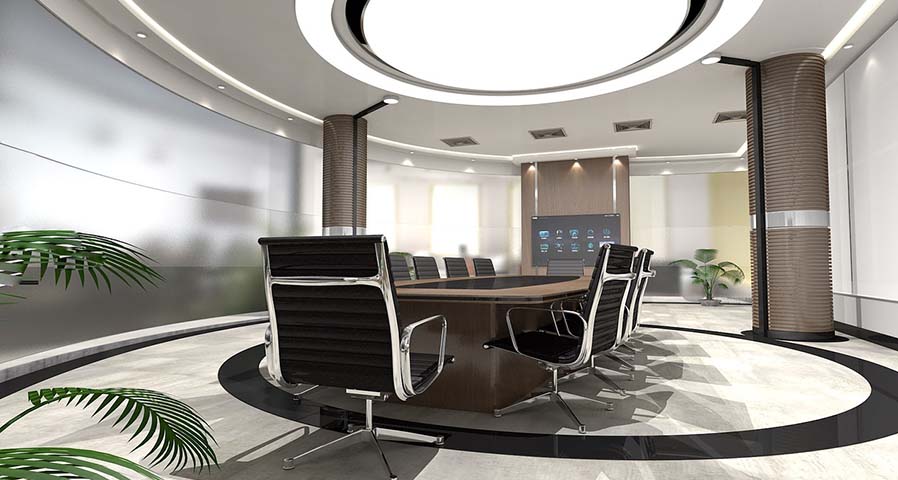

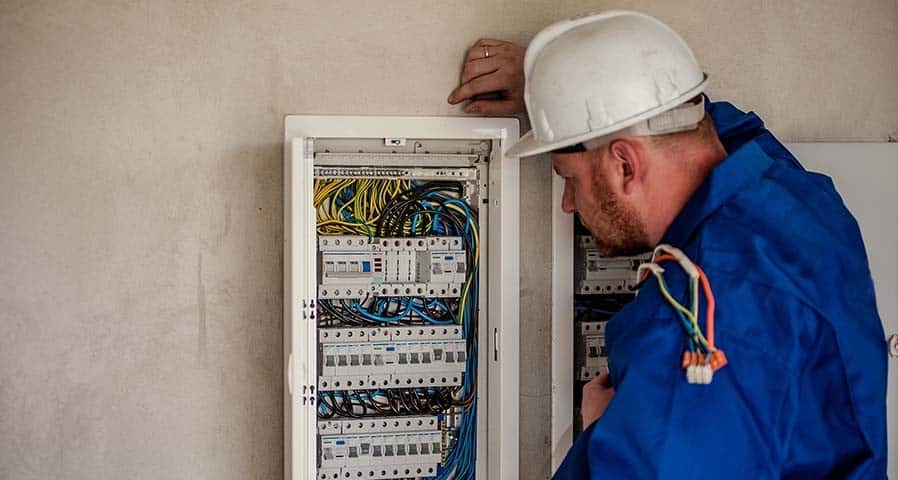



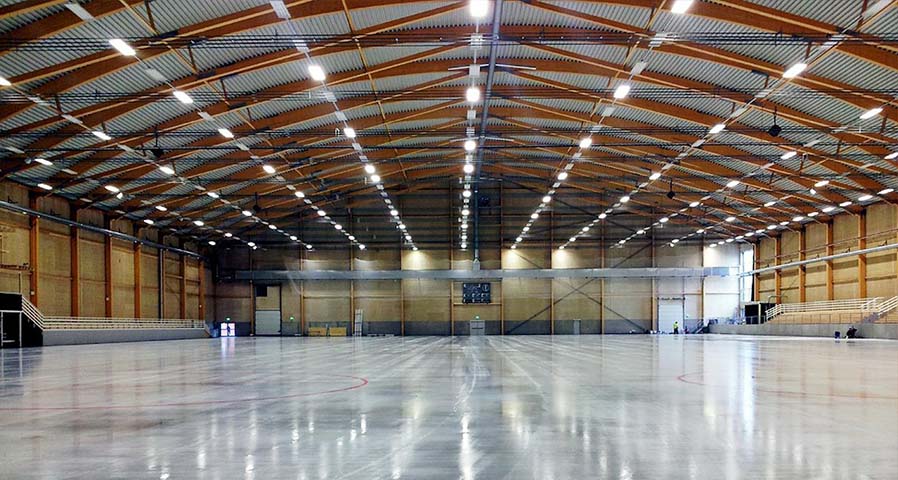








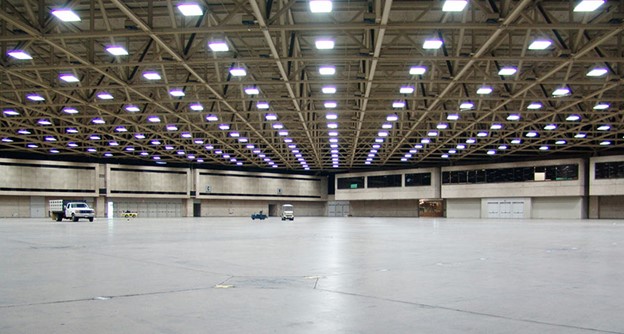



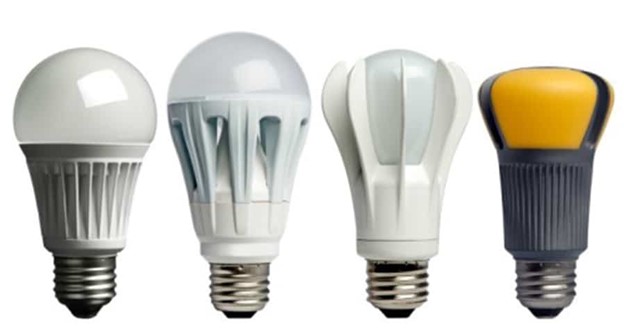
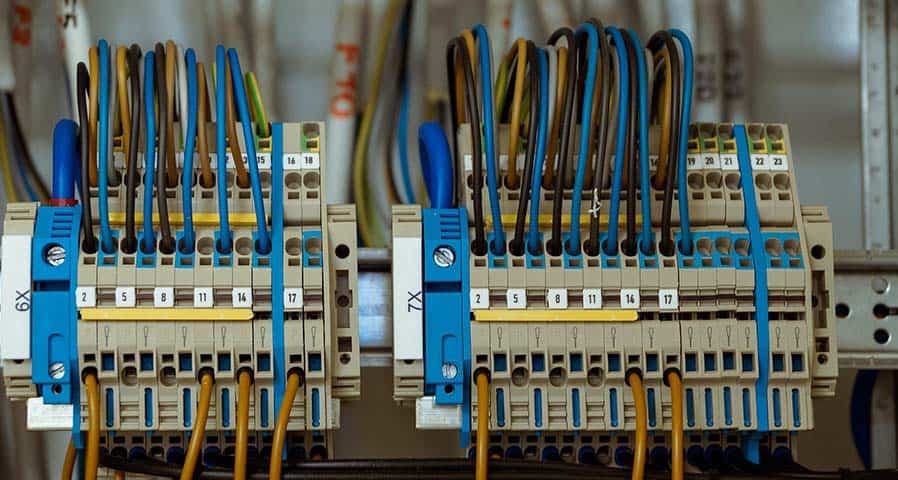





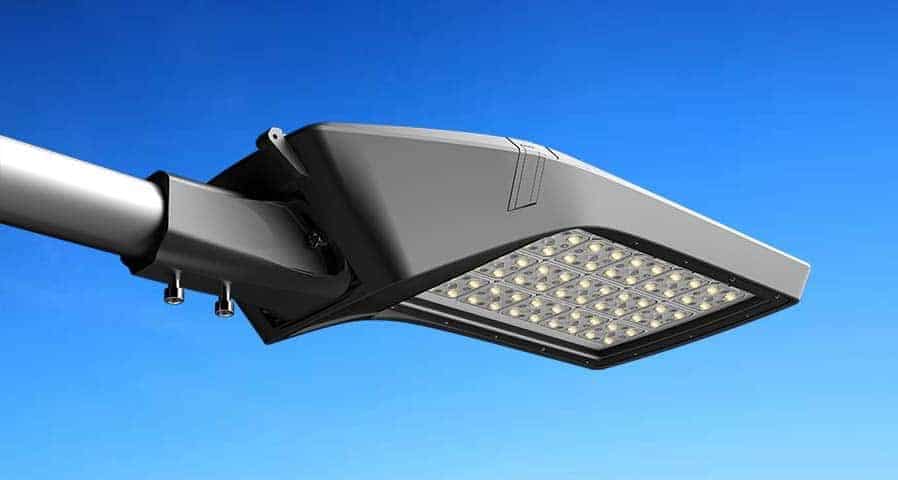
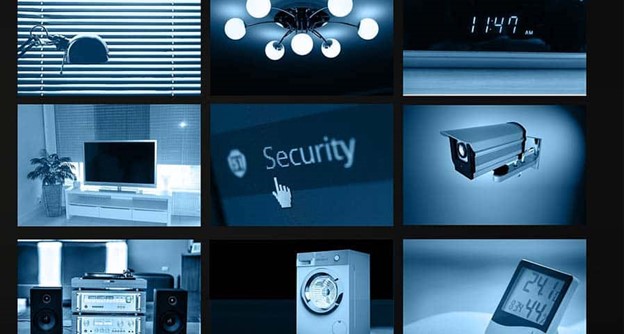

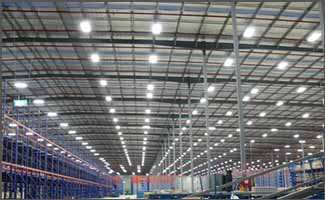








0 Comments